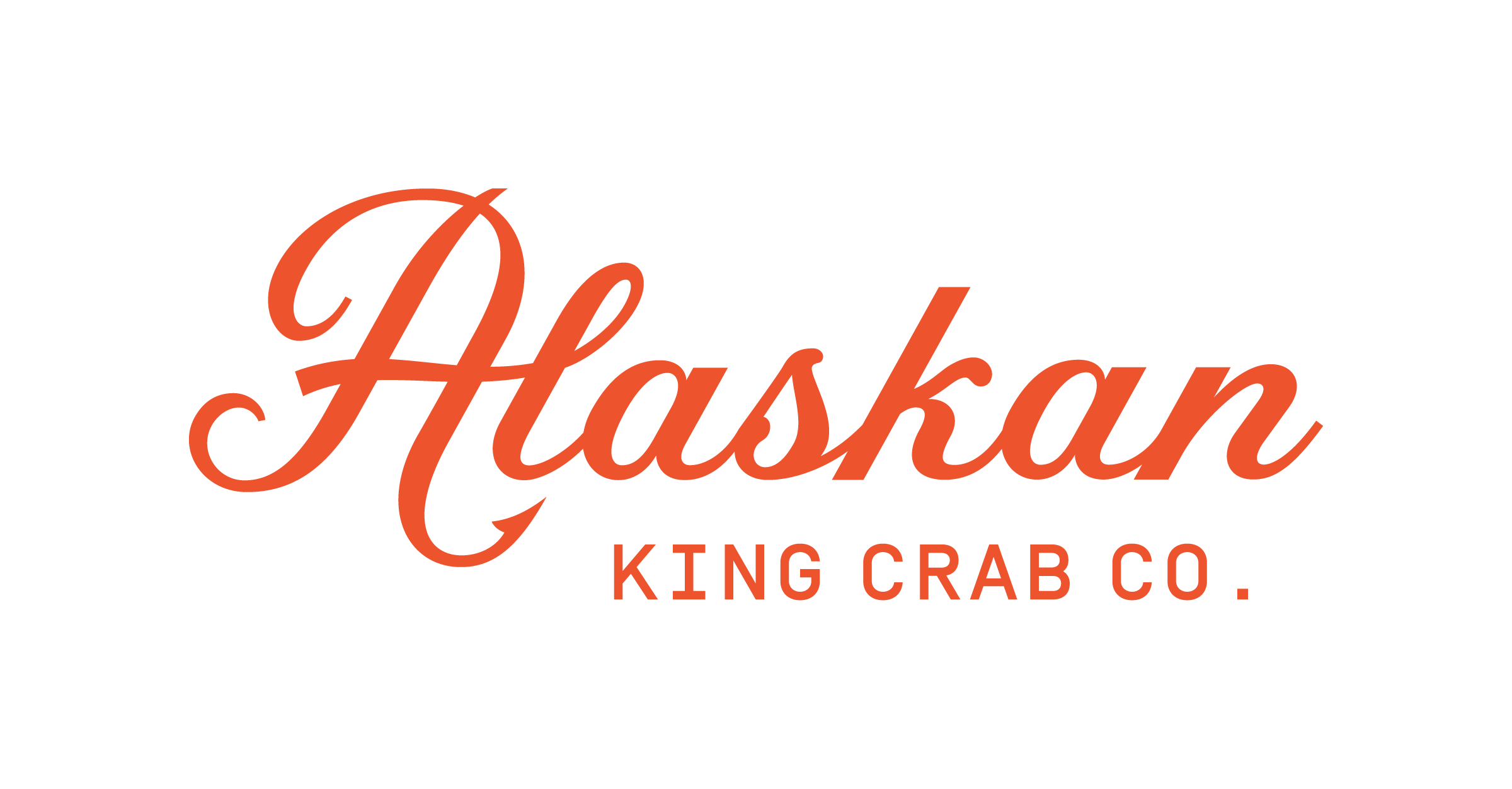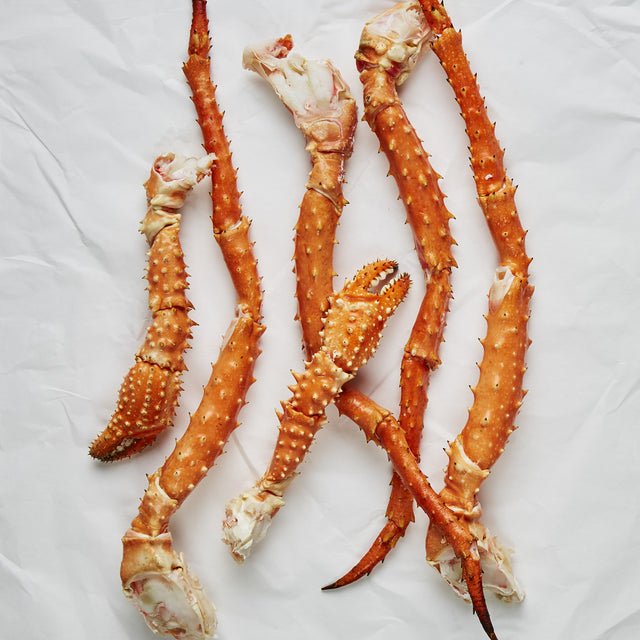Why You Should Cook Alaskan King Crab for Your Next Meal
For many, just thinking about Alaskan king crab legs dipped in warm melted butter makes their mouth water. But why? What is it about dining on giant crab legs that make them such a treat? Some say it’s the thrill of finding a massive piece of crab meat intact beneath the shell. Others say it’s knowing the work that fishers go through to catch the crabs.
We don’t have to tell you that Alaskan king crab is the most sought after crab species in the world. And thanks to the power of the Internet, it’s no longer difficult to get your hands on.
Considering Alaskan King Crab for an upcoming meal or gathering? Here are four reasons why you should.
1. Texture and Flavor
The texture of Alaskan king crab legs is more delicate and softer in appearance compared to other crab species. Alaskan king crab also tends to have a unique “sweet” taste that is unlike crab meat from the east coast.
2. The Size is Remarkable
Alaskan king crabs grow to be the largest species of crab in the eastern hemisphere. It’s not unusual to see an Alaskan king crab have a 5- to 6-foot span from the middle leg to the other middle leg. Due to their enormous leg size, Alaskan king crab yields some very large pieces of leg meat — the most sought after part of the crab. Therefore, you can’t find a species of crab that compares.
3. Health Benefits
Alaskan king crab can help! Not only does king crab taste great, it also provides one-of-a-kind health benefits. Rich in high-quality protein, it can repair and rebuild muscles and omega-3 fatty acids, reducing inflammation and strengthen heart health. Watch this video to learn more about the heart, brain and even vision benefits.
Unlike other meats, like beef, Alaskan king crab is a leaner protein, coming in at just around 100 calories and 19 grams of protein per 100 grams of meat.
The white meat from king crab legs is low in fat and calories, which are two main qualities in food sources that help maintain good physical health. And the fat that is in a piece of king crab is the heart-healthy unsaturated fat.
Nutritional value can be found across most Alaskan seafood, from halibut to salmon to scallops.
4. Wild and Sustainable
Alaska king crab is wild caught, harvested in the pristine waters off of Alaska’s rugged 34,000 mile coastline. No fish farming is allowed in Alaska.
In addition, Alaskan seafood is eco-friendly. Its abundant seafood species are part of healthy, intact ecosystems, and the fisheries are managed for sustainability. Ever since statehood, in 1959, Alaska’s fisheries have been managed with the long-term health of the stocks as top priority. This is mandated by the Constitution of the State of Alaska.
--
If you've never tried Alaskan king crab legs before, don’t deny yourself any longer. Give them a try today!





